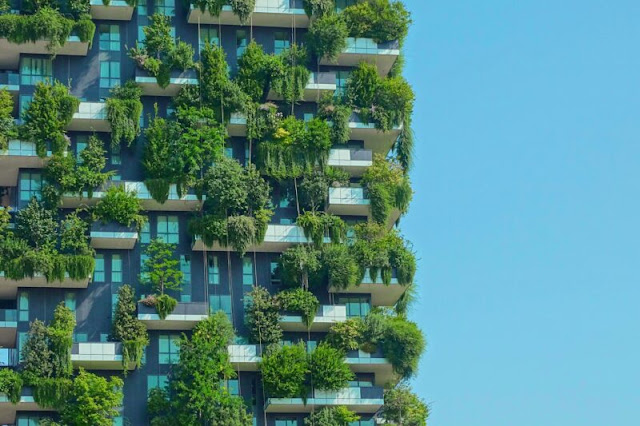Green Living: How Sustainable Real Estate is Revolutionizing Housing in 2025
Sustainability is no longer a niche concept in the real estate industry; it has become a mainstream demand. In 2025, green living is revolutionizing housing, with sustainable real estate emerging as a key driver of change. Developers, investors, and homeowners are embracing eco-friendly practices not only to meet environmental goals but also to create healthier, more efficient living spaces. Let’s explore how sustainable real estate is shaping the future of housing and transforming the industry.
1. The Growing Demand for Green Homes
Homebuyers in 2025 are more environmentally conscious than ever before. Increasing awareness about climate change, coupled with the need to reduce energy costs, has led to a surge in demand for eco-friendly homes.
Green homes are designed to minimize their environmental impact through energy-efficient systems, sustainable building materials, and water-saving technologies. Buyers are willing to pay a premium for properties that incorporate these features, recognizing the long-term financial and environmental benefits.
2. Energy Efficiency as a Priority
Energy efficiency is at the heart of sustainable housing. Homes equipped with solar panels, smart thermostats, and energy-efficient appliances are becoming standard in new developments.
Solar energy, in particular, is revolutionizing how homes are powered. Advances in solar panel technology have made it more affordable and efficient, enabling homeowners to generate renewable energy on-site. This not only reduces reliance on fossil fuels but also significantly cuts utility bills.
3. Sustainable Building Materials
The choice of building materials plays a crucial role in sustainable real estate. In 2025, developers are prioritizing materials that are renewable, recyclable, and locally sourced.
For instance, bamboo, a fast-growing and durable material, is increasingly used in flooring and furniture. Recycled steel and concrete are also gaining traction as they reduce waste and conserve natural resources. Additionally, developers are incorporating green roofs and living walls into building designs, improving insulation and air quality while enhancing aesthetic appeal.
4. Water Conservation Technologies
Water scarcity is a growing concern in many parts of the world, making water conservation a critical component of sustainable housing. Homes in 2025 are equipped with rainwater harvesting systems, greywater recycling technologies, and low-flow fixtures to reduce water usage.
Smart irrigation systems for landscaping are also gaining popularity, using sensors to monitor soil moisture levels and optimize water delivery. These features not only conserve water but also lower utility costs for homeowners.
5. Green Certifications and Incentives
Governments and organizations are encouraging sustainable practices through certifications and incentives. In 2025, green certifications like LEED (Leadership in Energy and Environmental Design) and WELL Building Standards are highly sought after by developers and buyers alike.
These certifications signify that a building meets strict environmental and health standards, enhancing its market value. Governments are also offering tax breaks, grants, and subsidies for green building projects, making sustainability more financially viable for developers and investors.
6. The Role of Technology in Green Living
Technology is playing a transformative role in advancing sustainable real estate. Smart home systems enable homeowners to monitor and optimize energy and water usage in real time, reducing waste and enhancing efficiency.
Additionally, AI and big data are being used to analyze energy consumption patterns and recommend improvements. These technologies empower both developers and homeowners to make data-driven decisions that benefit the environment.
7. Community-Centric Green Developments
Sustainability in 2025 is not just about individual homes but also about creating environmentally friendly communities. Mixed-use developments with green spaces, bike paths, and public transportation access are gaining popularity.
These communities are designed to reduce car dependency, promote healthier lifestyles, and foster a sense of belonging. By integrating sustainability into urban planning, developers are addressing environmental concerns while enhancing quality of life for residents.
Conclusion
Sustainable real estate is no longer a trend but a necessity. In 2025, green living is at the forefront of the housing revolution, driven by a collective commitment to protecting the planet and improving human well-being.
From energy-efficient homes to community-focused developments, sustainable real estate is setting new standards for how we live. As consumers, developers, and governments continue to prioritize sustainability, the real estate industry is poised to play a pivotal role in creating a greener, healthier future for all.

Post a Comment